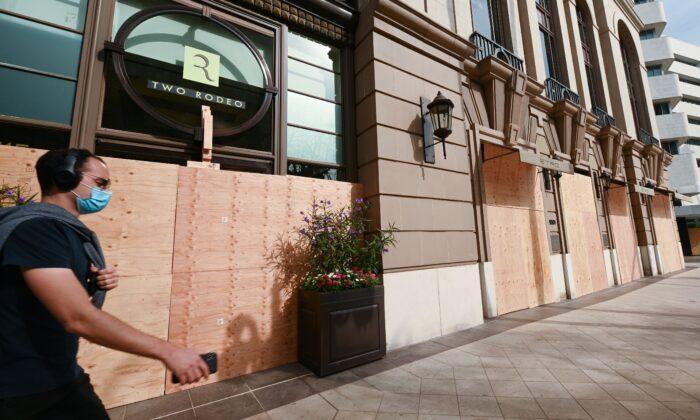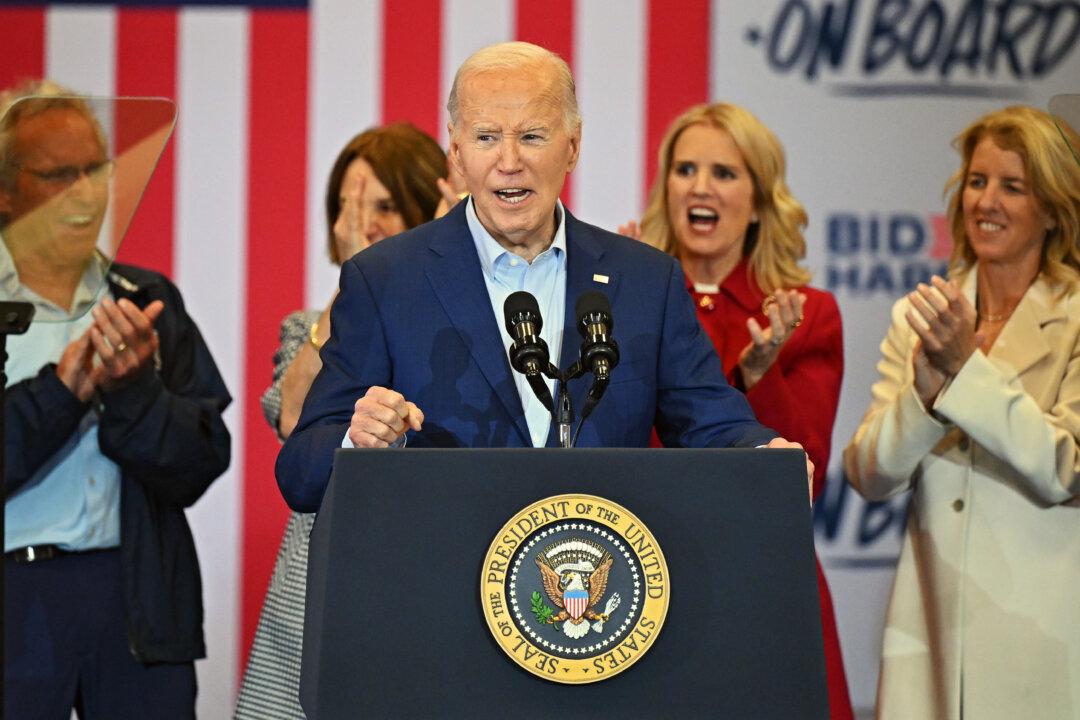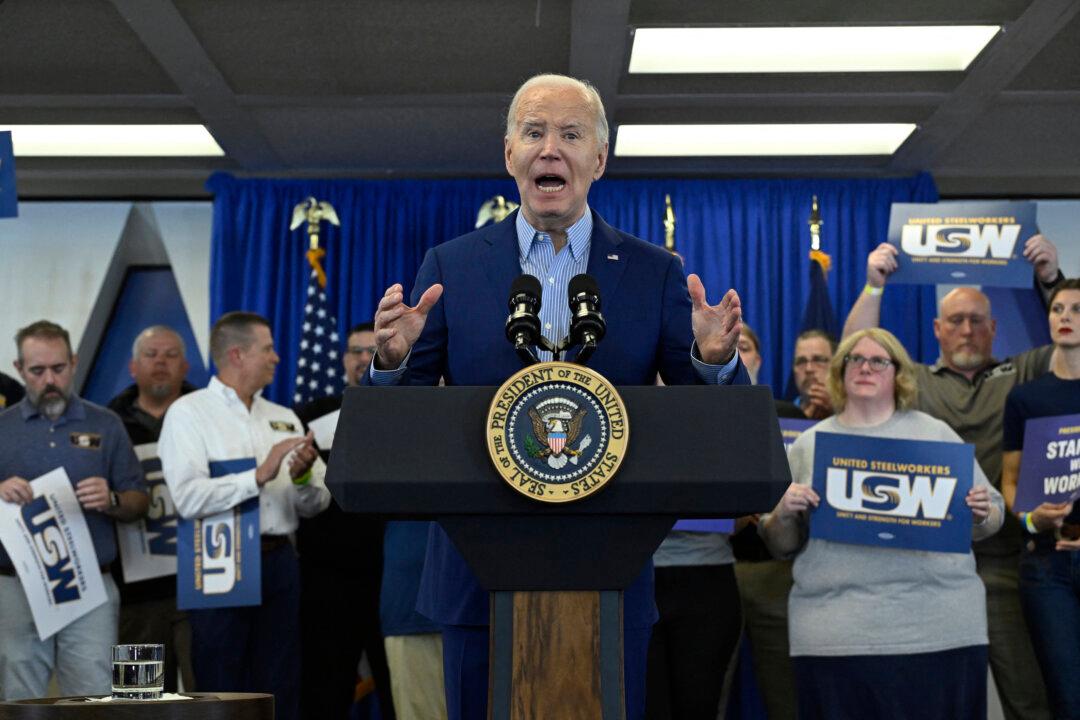WASHINGTON—While the U.S. economy grew at a record pace last quarter, recovering two-thirds of the damage caused by the pandemic-related lockdown, there’s a great deal of uncertainty surrounding the outlook for growth in the fourth quarter.
After growing at a 33.1 percent annual rate in the third quarter, forecasts showed that the U.S. economy would expand at a much slower pace in the last quarter of the year. Risks to the outlook continue to center on the newest wave of virus cases and uncertainty about the outcome of the presidential election.
Morgan Stanley is forecasting a moderate annualized growth of 4.8 percent for the gross domestic product (GDP) in the fourth quarter.
“Momentum in consumption and business investment continued through September, setting solid enough base effects for 4Q GDP,” Ellen Zentner, chief U.S. economist at Morgan Stanley wrote in a report.
But the projection takes into account “a deceleration in activity in November and December this year to reflect the potential for increasing COVID-related restrictions,” she said.
Despite headwinds, “we continue to see final domestic demand on track to support more moderate GDP growth for the fourth quarter as a whole.”
As in the previous quarter, the growth will be fueled by consumption (3.7 percent), business investment (4.3 percent), and a robust residential investment (12.8 percent), according to Morgan Stanley.
The Atlanta Fed’s latest model also predicts a lower growth in the fourth quarter, at around 3.4 percent annualized rate. Despite a strong rebound in the previous quarter, overall U.S. economic growth for the full year will still be in negative territory.
The International Monetary Fund, for example, in its most recent economic outlook report projected a 4.3 percent contraction for the U.S. economy for the full year, although less severe than an 8 percent drop it predicted in June.
Election Uncertainty
Besides worsening COVID-19 trends, the election adds to the uncertainty as the result would determine the stance of fiscal policy for this year and next.By the early hours of Nov. 4, the presidential race was very close and control of the Senate was still uncertain.
“While it’s still early, and there is still uncertainty about who will be president and how long the results may take to be finalized, the Republicans apparently holding on to the Senate removes a lot of uncertainty for markets, as it makes tax increases, and other major legislative overhauls much less likely,” Sameer Samana, a senior global market strategist at Wells Fargo Investment Institute, told The Epoch Times.
The election outcome will be a critical determinant of the size of an economic stimulus package in the coming months. Forecasters believe a Democratic sweep (with Democrats winning both the White House and the Senate) would guarantee a larger stimulus package, which should boost economic growth.
Some economists, however, argue against a large fiscal aid as they think the U.S. economy can continue to recover absent another large fiscal stimulus.
Recent economic data releases, indeed, point to ongoing improvement in September and October.
The Bureau of Economic Analysis reported on Oct. 30 that personal consumption expenditures—a measure of household spending—rose 1.4 percent in September. U.S. households increased spending for a fifth straight month, beating expectations. Personal income also rose stronger than expected at a 0.9 percent rate in September after a sharp decline in August.
The Housing Market Index compiled by the National Association of Home Builders surged to a new record high in October, buoyed by record-low interest rates and increased demand for the suburbs.
The Institute for Supply Management said its manufacturing index climbed to a two-year high of 59.3 percent in October, beating the consensus forecast. Manufacturers have expanded for six months in a row after a deep slump early in the pandemic.






Friends Read Free